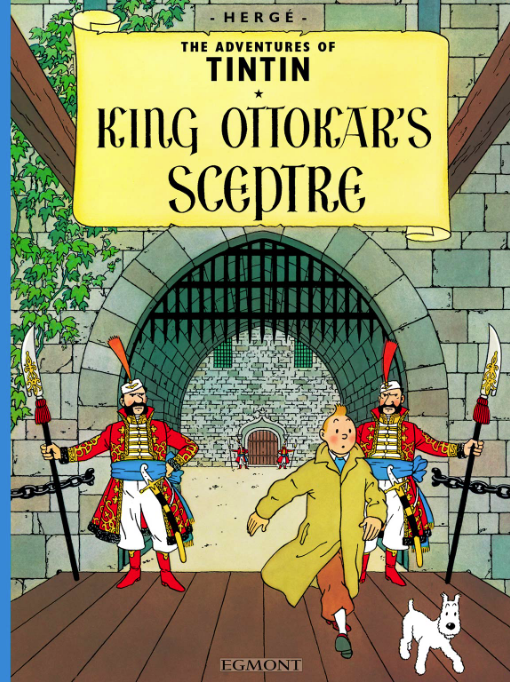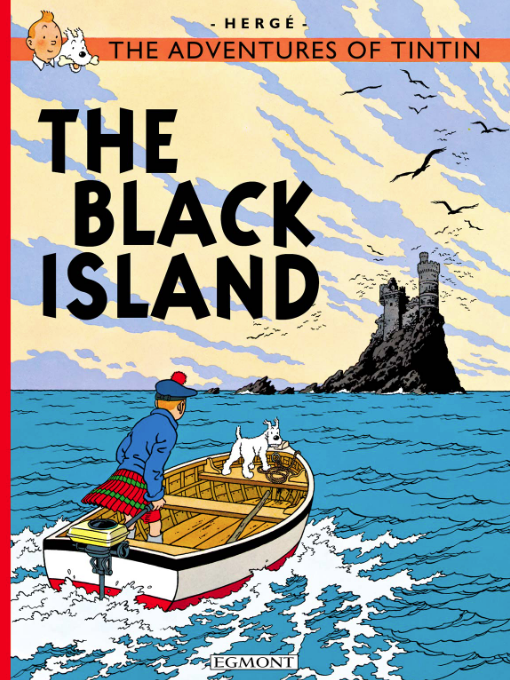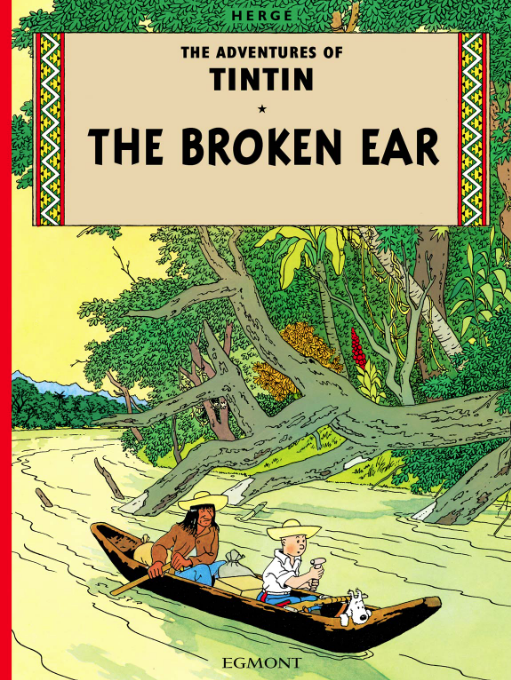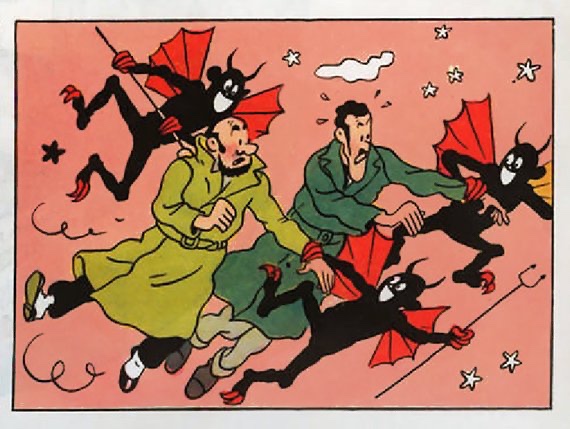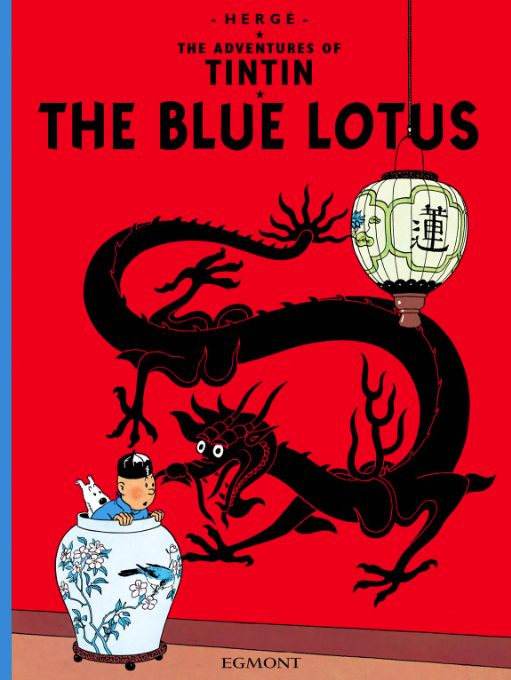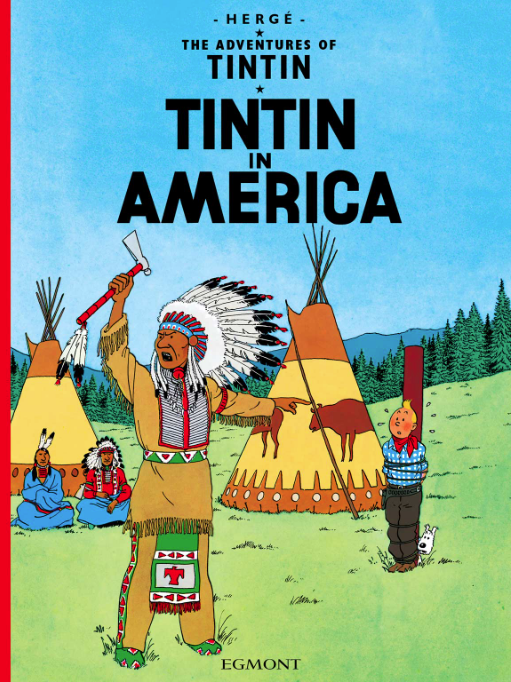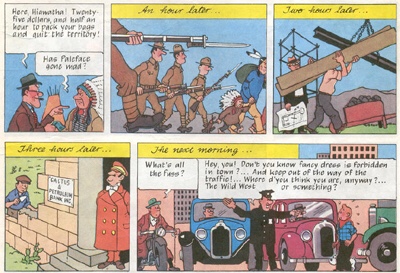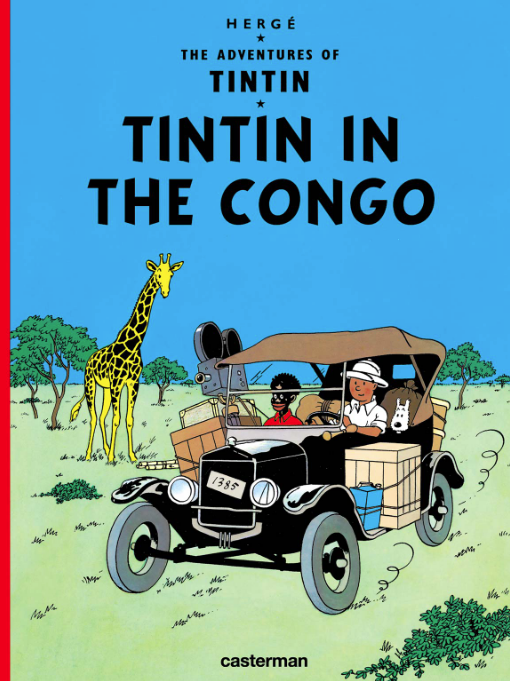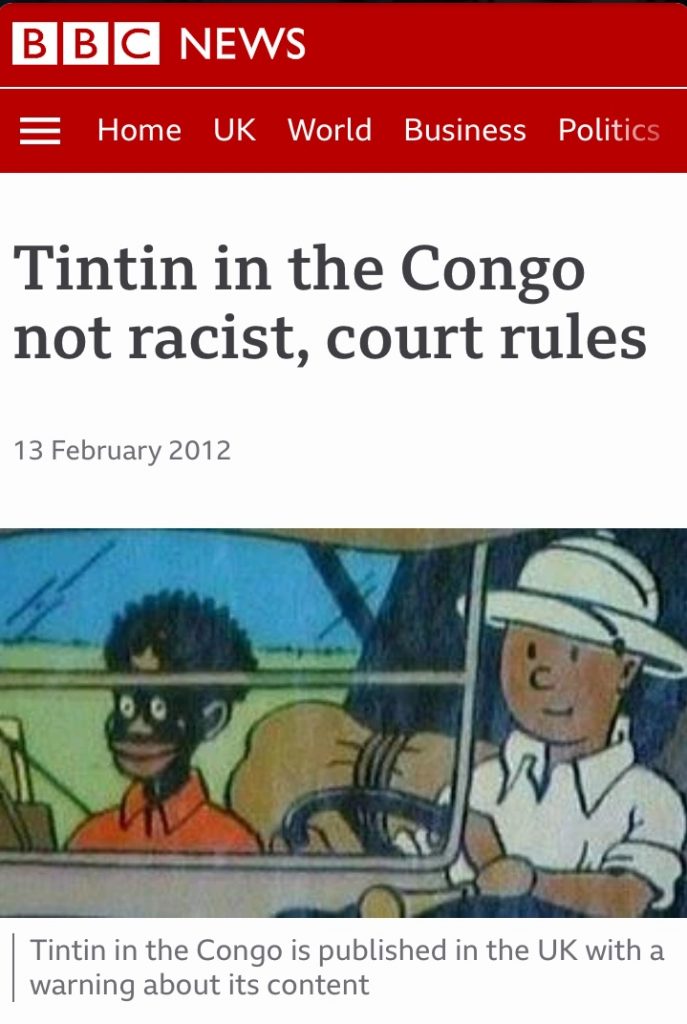Over lockdown, during this bizarre Covid-19 pandemic period, I’ve ‘finally discovered’ Facebook. I mention this up front, despite it not being the central point of this post at all.
The central point of this post is much more about, well… lots of stuff, actually. Some of the things it’s about are: blogging; me and other folk; life in general; social interactions; goals (or lack thereof), and prob’ much more besides.
First, a brief return to the FB motif. I’ve always had an initial reaction against cyber-era ‘social media’. From the very early days, when a buddy would visit us and disappear online, before the www was even ‘a thing’, when the monster it has become now was little more than a hatching egg, to now, when things like Tik Tok and Twitter strike me as symptomatic of goldfish brained narcissism.
However, despite my innate antipathy, and perhaps due to the enforced isolation of the last year or two, FB has become a welcome way to maintain some semblance of relationships. Far from such convivial ideals as fabulous dinner parties, or swanky soirées with the cultural elite, if such things appeal, yes. But human interaction, of sorts.
I’ve also now got two blogs. This one, and my ‘mini-military’ wargaming and model-making (and military history book/film reviewing!) one. I’m very errotic in how I post on both, oscillating ‘twixt feast and famine, manic depressive or bipolar style binges alternating with long layoffs.
But this inability to stay with one thing in a continuous way is key to me being me, or so I’ve come to believe. And I view the specialisation that the modem world promotes (and rewards) as, pretty much, anathema. Peter Burke quotes sci-fi author Bob Heinlein saying ‘specialisation is for insects’ in The Polymath!
One of the many issues – the downsides (of course it has up sides too!) – with professional specialisation is that it ghettoises our lives and our minds. Such that it becomes increasingly difficult to know what others are really doing, and people wind up in little self-contained self-referential bubbles.
I think a major desire behind doing this blog is a fervent (if possibly forlorn?) wish to connect with people, but hopefully on or through a very broad spectrum of interests and activities. To have conversations. Some might be backslapping agreement orgies, others tense and slightly spiky debates. But an exchange of information, ideas, views. All of that stuff!
Being a bit of a ‘lone wolf’ and recluse, I don’t get too much social intercourse! Nor am I embedded in any institutions that might nourish the full breadth, or even just little bits, of what interests me. So setting out my stall, my wares, here might give me a space to find such things as community and conversation? I hope so!
It’s often said that social media outlets are, and may only ever be, rather facile. I think they quite clearly are, a great deal of the time. But I don’t think it’s inevitable that they always will be, or must be. Indeed, whilst I can and do enjoy the convivial banter that is internet small talk, I’m generally more interested in pursuing things a little deeper.
But can one get really deep? Is this in actual fact impossible online, esp’ when one is widely diverse in one’s interests? I believe, personally, that it is not impossible. But I may be wrong! Clearly if one dedicates all ones’ time to just one, or at max’ a couple of things, one can, rather obviously, explore that thing, or those few things, more thoroughly. But there’s also a danger that over-specialisation sees experts disappear up their own fundaments, and lose relevance to others, even in closely related or neighbouring fields.
These ideas are addressed, although perhaps ironically in no great depth – given, again, the breadth of his subjects/study – in Peter Burke’s aforementioned The Polymath. But for now I feel content to set this issue of depth to one side (to be returned to again in future, most definitely), in favour of addressing some other topics.
The next item on my improvised agenda again relates to variety, and picks up, whilst simultaneously moving off from, the theme of depth. And this I’ll describe as ‘range’: I’m quite happy for posts here to sometimes be the briefest and lightest, and others, intense serious and involved. This blog is me, online, not just one aspect of me, unlike AQOS, my mini-military blog, which does have a specialist focus. But even there I want to range from light and/or silly to dark and/or profound!
So, as examples, I want to post series here covering all or parts of a given musicians’ works. Or the equivalent for a visual artist, or whatever. Book and film reviews might be quick and flippant, or long and serious. A current series is short reviews of the entire Tintin adventures, plus some related ancillary stuff. But running parallel with that are reviews of and thoughts about more philosophical stuff.
It’s my hope and belief that such variety is good in life, and I want that richness and variety in both my life, and this blog. Hopefully that also means that there’s something here for many types of potentially interested readers, in many different moods and registers.
Truth be told, I don’t think this blog is visited much, as yet. I try and promote it, mainly on FB. But I worry that it’ll bore friends! Plus a common reaction is ‘who wants to know what you – a nobody (this bit is inferred, rather than said out right) – thinks about whatever?’ But, you know what, at present I simply don’t care about that. I have my interests, and I want to pursue them. So I do.
AQOS has been going a while now, and gathered a certain amount of its own momentum. I hope and trust the same might happen here? If it never does, then there almost certainly will come a time where I cease to be bothered with doing it. Or then again, maybe not? Who knows!?
Having given some reasons for why I bother doing this bloggery stuff, I now want to address further related ideas, such as monetisation, other possible motivations, or root causes, etc. Starting with the latter, I think that writing for Drummer got this whole shebang started. My monthly Recycled column, a classic (or obscure) album, written about with an emphasis on the drumming, was just gravy to me. Getting paid to wax lyrical about music that (for the most part) I loved!? A dream gig!
This lead in turn to posting reviews of favourite albums on Amazon UK’s website, and then books as well. And then Amazon Vine ‘recruited’ me, off the back of the growing number of ‘helpful’ votes other shoppers/users would leave. I’m still an enthusiastic Amazon Viner (ranked, at the time of writing this, in their top 300 reviewers). But that’s a topic for another post.
With Drummer mag defunct, and AQOS established and ongoing, I figured I really ought to have a more personal but complete and more broad-based blog, attached to my sebpalmer.com domain. AQOS is a Google Blogger thing. So I figured I’d try using WordPress for my own broader personal blog.
Typing all this now reminds me that sebpalmer.com was originally my illustration website. I need to update and upgrade that aspect of the website, as it’s lain dormant and unchanged for too many years now. And, more importantly still, I want to be making and promoting/selling original art. But once again, these last two are subjects for another post.
The final thing on tonight’s agenda relates to two aspects of this blog: why I do it at all; and what I’ll call ‘flashpoints’. I’ve already said that I hope this blog will evolve in such a way as to connect me to people, hopefully through shared interests, and with a view to mutual (intellectual) enrichment. Like so many nowadays, I can both glean a lot of value, or waste a lot of time and energy, online.
This sharing of myself and my interests is neither purely altruistic, nor (at all!) monetised. I did say earlier that I’d address ‘mammon’! So I’ll do that now. Sure, I’d like this activity to in some way help me generate an income. Not because I especially or particularly want that, but because under current social circumstances that’d make life a lot easier. But I do have issues with money. Monetising activities can poison them, in my view. But that’s it for now, on that topic. I’ll return to this line soon enough.
So, last of all, ‘flashpoints’. What I mean by this term is when something one says or does causes a reaction, and that then sets in motion a chain of further reactions. I’m going to very deliberately not mention the most recent nodal point for such an event.
Instead what I want to do is note an irony: let’s say I admire twenty different art works, and I post about them all individually online. It might be that my top five favourites elicit little or no response. Whilst a piece much further down my list, in terms of my interest in it, sets off a clamour of reactions.
I then react to those reactions. And maybe that leads to several discussions, whether amicable, hostile, or mixed. The biggest irony for me in such situations has nothing to do with the things the flashpoint might be alleged to be about, or to represent, but is instead about how this process misrepresents one’s actual interest in the series of artworks.
As nobody, or very few, react to what I’m most interested in, those things can pass unnoticed and unremarked, whilst, at the same time, things of much lesser import (to me) get amplified, due to them prompting multiple reactions. And thereby they appear to take on undue significance.
This post is, by now, long enough, I think. And yet I’ve still not addressed myriad things – such as goals – I had in mind when I started it. But those many things will have to wait for another post!
